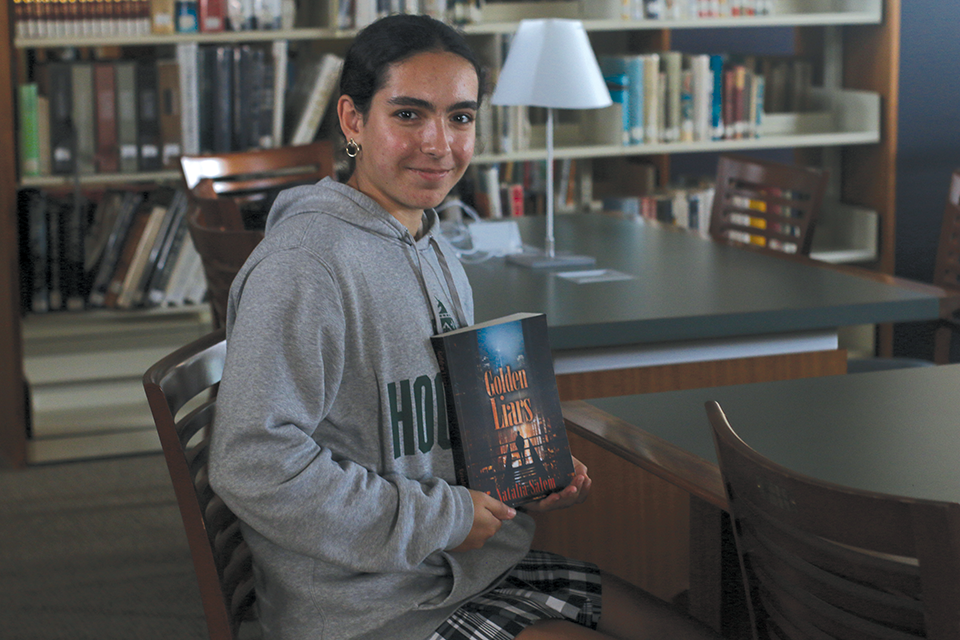While construction workers toiled in the LLARC on the first phases of the Centennial Campaign, a group of Upper School girls toiled in the adjacent science building on the first phase of the Hockaday Summer Research Program.
From mid-June to mid-July, the girls came in daily to work on two research projects.
The first, spearheaded by Upper School science teacher Ann Ojeda, focused on manufacturing plastic in a green way. The second, proposed by Dr. Ricardo Azpiroz, the husband of Dean of Studies and Upper School science teacher Dr. Fishel, analyzed why red light speeds the healing process. Fishel and Ojeda supervised the projects.
Research was the next step in the development of Hockaday as a scientific institution, Ojeda said. [Research] is more problem solving than recipe,” she said, “It’s more creative. It’s more elaborate. It’s way more fun.”
The girls put chemistry and biology concepts into practice in order to carry out their research. Knowledge of calibration curves, Beer’s Law and titrations proved useful.
Through trial and error, the girls also learned the importance of lab safety. Sophomore Lakshmi learned a lesson firsthand about wearing a lab apron.
“I got a base on my jeans and basically it ate through my jeans and it was the scariest thing ever,” she said.
Though their overall success did not directly relate to conclusive data or high percent yields, Ojeda thought the projects were “extremely successful” because they “learned so much about the process.”
The research projects are still ongoing.
Like all research projects, the girls “need more time to see trends,” Ojeda said. The ultimate goal of the Hockaday Summer Research Program is to be published in a scientific journal. This, however, is just the beginning.
-Mary Clare
India: English teacher Kyle Vaughn
England: English Department Chair Dr. Deborah Moreland

